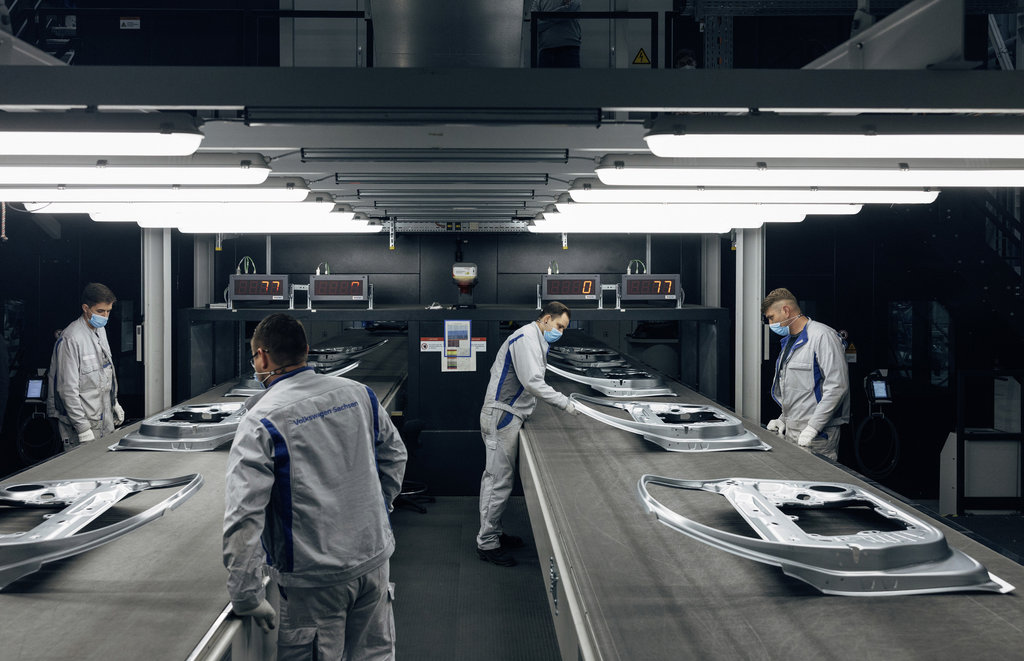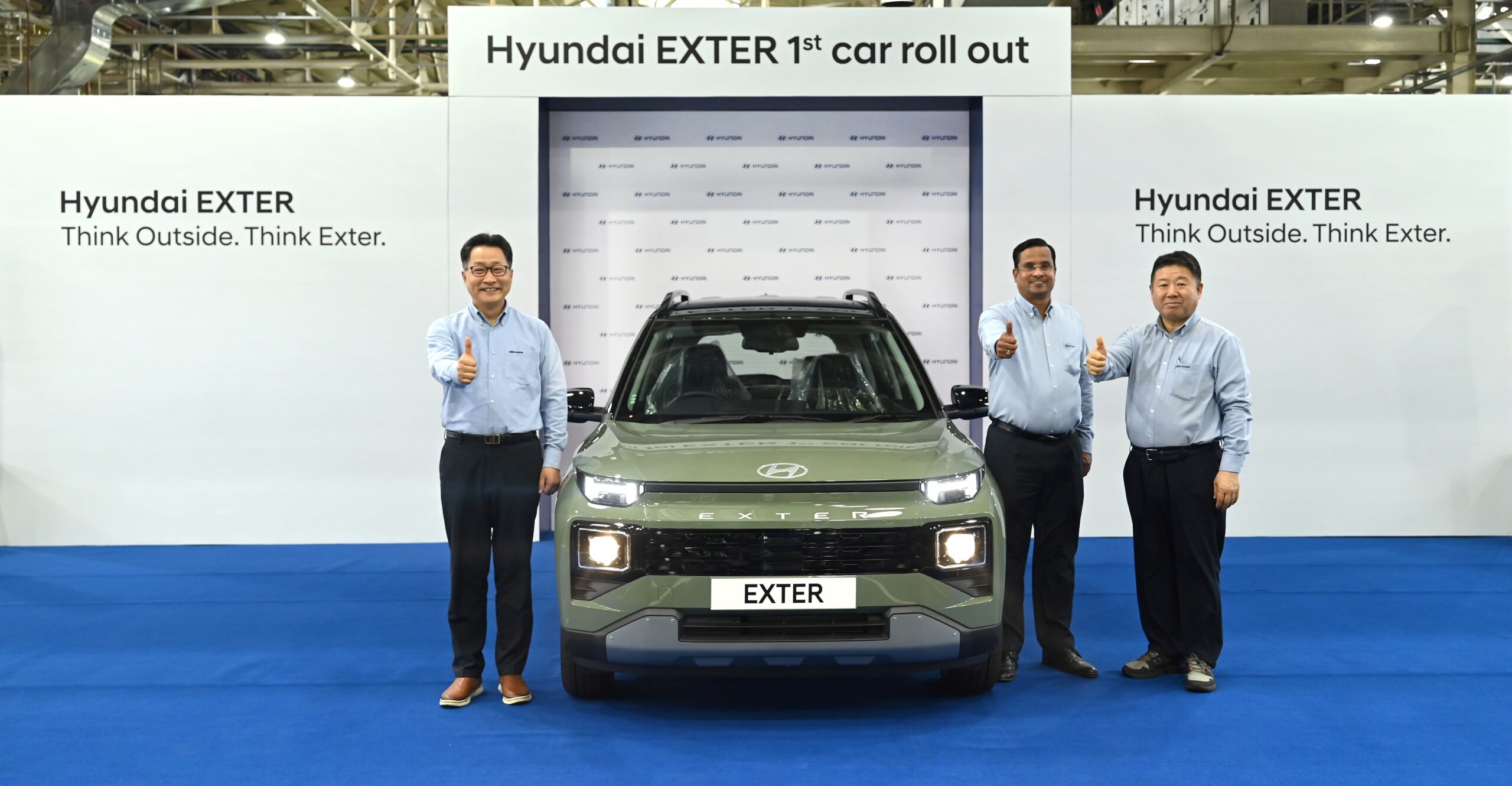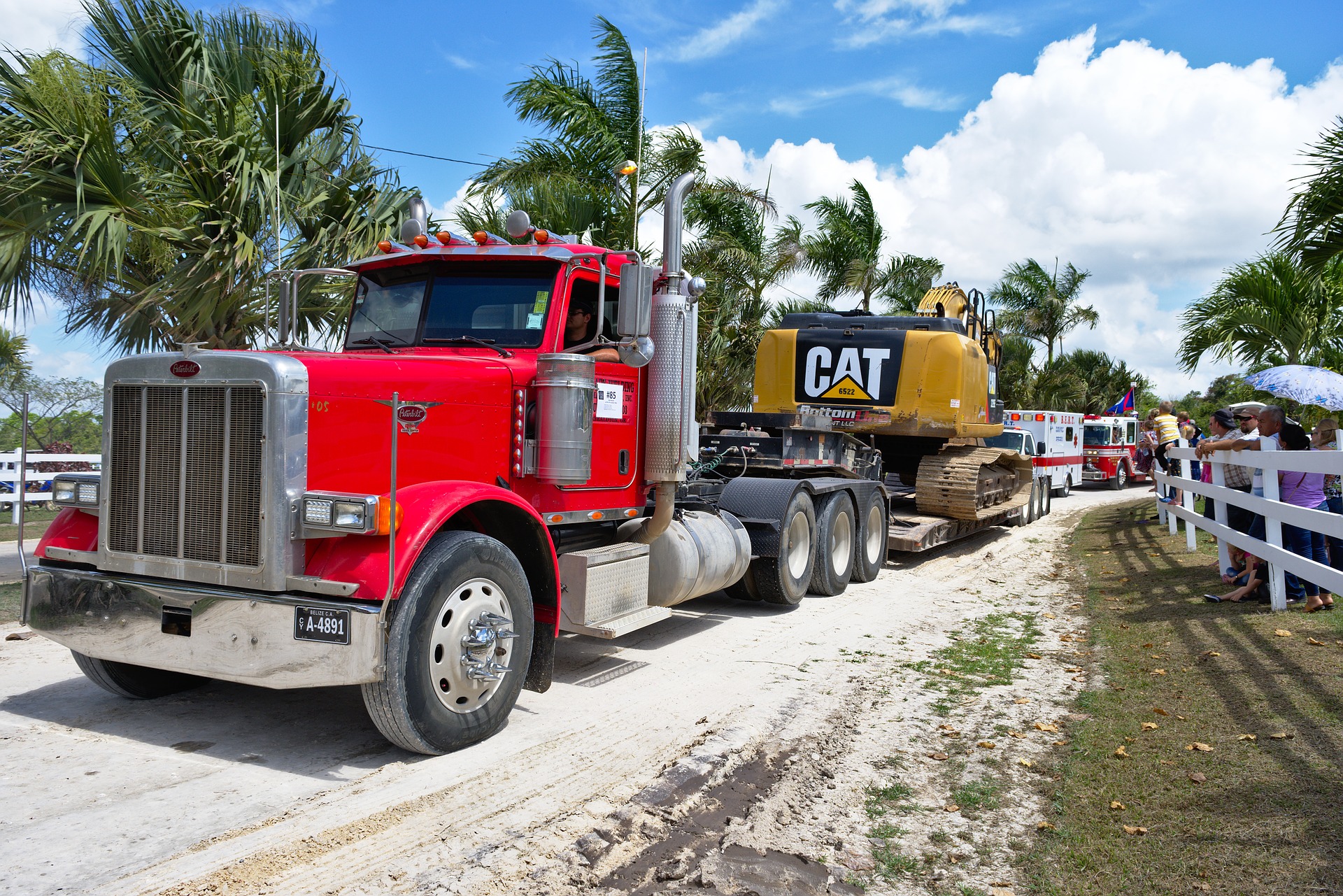Industry 4.0 Can Help Boost ‘Make In India’

Rohit Saboo, President & Chief Executive Officer, National Engineering Industries Ltd provides a comprehensive view of the main drivers of India’s manufacturing industry and the auto sector in particular, and the imperatives needed for future growth
Rohit is an Engineering graduate from Birla Institute of Technology, Ranchi and holds an MBA from Rochester Institute of Technology, Rochester, NY. He has also participated in the Senior Executive Program in 2005 at Columbia University, New York. Rohit’s journey from Executive Assistant to the Chairman, Mr. C.K. Birla to President and CEO has been of 27 years. Rohit was the Vice President (R&D and Manufacturing) at NEI for eight years before taking on the mantle of President and CEO. Under his leadership, NEI has maintained its legacy and is on to a fast-track growth path with increased sales and a strong global presence. Presenting, his views on the subject.
India’s manufacturing industry saw a rebound in January, as the IHS Markit PMI score at 55.3 was the highest in more than seven years, thanks to the rising demand, production and hiring levels, as per the survey. How do you see the overall sentiment in the industry? Are you seeing a rise in demand and manufacturing activity?
Talking about the rise in demand and manufacturing, the industry, indeed saw a sharp rise in the month of January along with a ray of hope for the industry to witness a climb in the future.
Manufacturing growth holds the key to achieve higher GDP growth. India’s manufacturing sector remains optimistic about the year-ahead in terms of production. The overall growth of the industry is being supported by the launch of new products and better demand. A McKinsey analysis finds that rising demand in India, together with the multinationals’ desire to diversify their production to include low-cost plants in countries other than China, could together help India’s manufacturing sector to grow six-fold by 2025, to $1 trillion, while creating up to 90 million domestic jobs.
Capturing this opportunity will require India’s manufacturers to improve their productivity dramatically—in some cases, by up to five times current levels. The country’s central and state governments can help by dismantling barriers in markets for land, labor, infrastructure, and some products. India has become one of the most attractive destinations for investments in the manufacturing sector.Several mobile phone, luxury and automobile brands, among others, have set up or are looking to establish their manufacturing bases in the country.The implementation of the Goods and Services Tax (GST) will make India a common market with a GDP of US$ 2.5 trillion along with a population of 1.32 billion people, which will be a big draw for investors.
There is a lot being done by National Engineering Industries Ltd (NEI) to be able to contribute in boosting the overall industry. Recently, the company acquired Europe based Kinex Bearings, as the focus is on delivering on the operational goals and expanding the product portfolio to be able to meet the current demands of various industries. NEI continues to manufacture best-in-class technologically advanced products keeping in mind the current industry 4.0 trends. The expansion of the product portfolio with the launch of needle bearings and plan to manufacture other products is part of NEI’s customer centricity, aligned to the current demand of the industry.
India’s auto industry accounts for half of India’s manufacturing GDP and employs as many as 37 million people, ranging from people who make cars to truckers who get them to ports, which makes it an important driver of the economy. The upturn in the manufacturing activity can be attributed to the new business orders and demand. Another reason to be considered could be the soon to be implemented BS-VI norm which has resulted in launch of new products which help in meeting BS-VI norms. However, the auto industry still needs more rational taxes to incentivise consumption and the government needs to significantly increase spending on infrastructure. It must also recognise the pivotal role of the industry as the largest employer in the manufacturing sector, with a million jobs lost due to the slowdown.
What are your experiences and expectations of this year’s Auto Expo, particularly considering that the global and the local auto manufacturing industry has been a bit subdued and then the Coronavirus factor is keeping a lot of the Chinese participants away.
Speaking of the experience of this year’s Auto Expo, we could fairly engage with our prospective and existing customers. We were able to showcase our products and services elaborately to the audience. The launch of needle bearings by NEI was the highlight of the expo this year for us. We will be investing Rs. 350 crores over the next few years out of which Rs. 100 crores would be deployed towards manufacturing of various forms of needle bearings solutions- shell bearings, weld cage roller assembly and turned cage roller assembly. With the launch of needle bearing solutions at the Expo, we aim to help automotive manufacturers in meeting BS-VI emission norms.
The BS-VI emission standards will become mandatory for all the vehicles from April 1, 2020. India has seen the steepest upgradation curve from BS IV to BS VI anywhere in the world – India will implement BS- VI nine months before Europe. This has put a lot of pressure on the auto and auto parts making companies, in order to come up with unique solutions to India’s unique challenges like low traffic speeds, and competitive pricing. What are the direct or indirect effects on India’s auto industry that you see from this implementation, both in terms of positive and negative impact?
With the introduction of BS- VI norm, the players of the auto industry are left with no option but to hike their investments to upgrade their present models in order to make them BS- VI compliant. This will result in BS-VI-compliant vehicles being more expensive which will possibly keep auto buyers from making any purchase. Indian auto market is already witnessingthe worst ever slowdown and is in urgent need of a jump start. The transition will bring drastic change to the Indian auto sector and the auto slowdown is expected to continue for the next few months with the soon to be implemented norm.
Recent research reports show that India’s auto industry is at the forefront of adoption of Industry 4.0 technologies like robotics, digitalization, 3D printing, predictive maintenance, virtual assembly, etc. What are the main factors driving the adoption of industry 4.0 tech? Is it in response to the challenges that our industry faces like shortage of skilled labor, uncertain demand, or other factors like global competitiveness, etc.?
Industry 4.0 enables to accumulate and analyse information across machines which will result in efficient, adaptable and quicker processes in producing quality products at a reduced cost. This would help to bring in profitability and change financial aspects and encourage development. Advanced technology combined with Industry 4.0 will modify production in a transformative way. This blend will improve efficiency and roll out a major improvement in relationship among makers, providers and clients. It will likewise change the connection among human and machine. Digitization is the sole factor which is resulting in adoption of industry 4.0 technologies. Adoption of Industry 4.0 varies from sector to sector. Talking about the automotive industry, the industry is all about adoption of cutting-edge technologies which involves minimum human assistance in production. Government has been relentlessly making efforts to boost the manufacturing industry in India. The ‘Make in India’ initiative did not take off as expected and that is the main reason why the manufacturing sector has remained stagnant. Industry 4.0 usage offers quality production at a reduced cost. We have been at the forefront of adopting new technologies and innovations. Skill gap and infrastructural shortcomings are the key challenges faced by the manufacturing industry in India. Skill Development can help largely to accelerate the sector by helping the current workforce to be aligned with the new age skills that can in larger picture help to make ‘Make in India’ successful. Industry 4.0 is a new disruptor for the entire automotive industry and there is still a lot of scope to help in making the initiative “Make in India” a big success with Industry 4.0 technologies.
**





